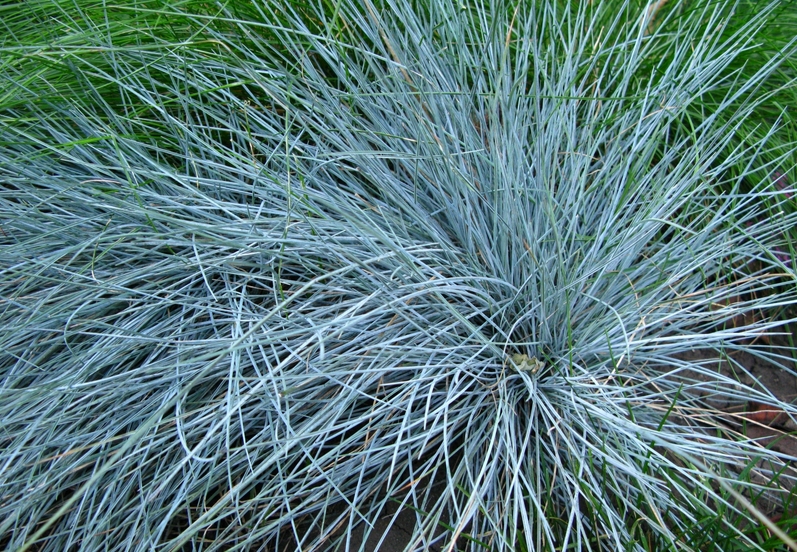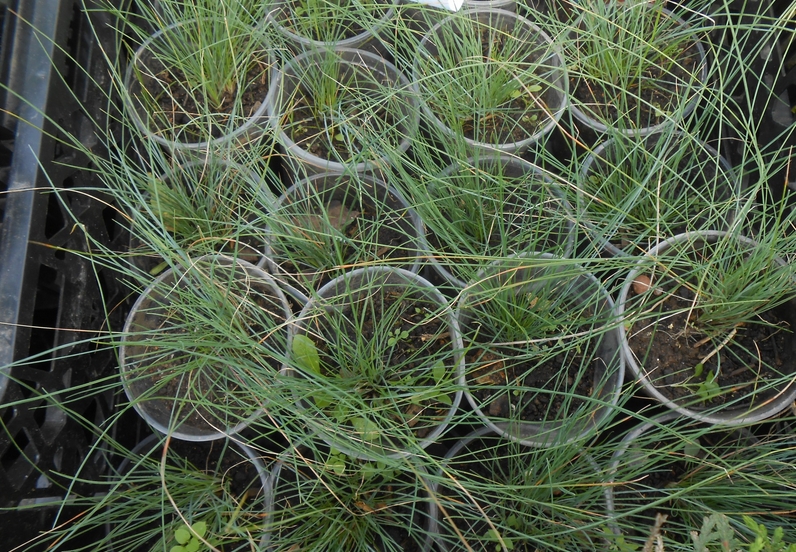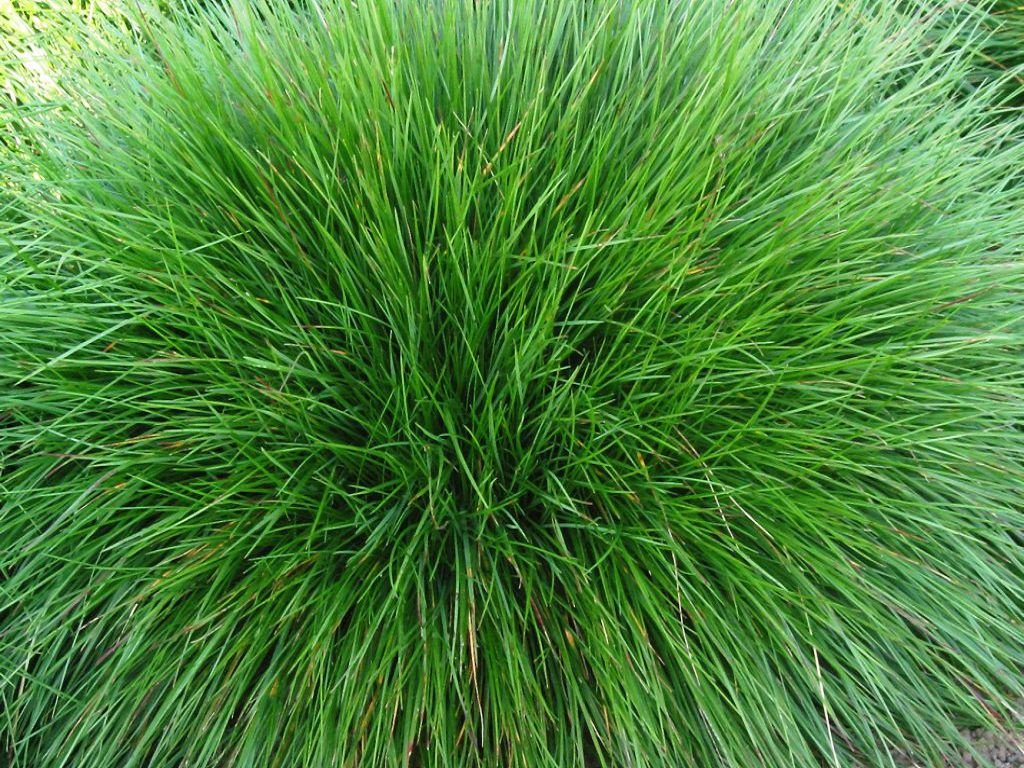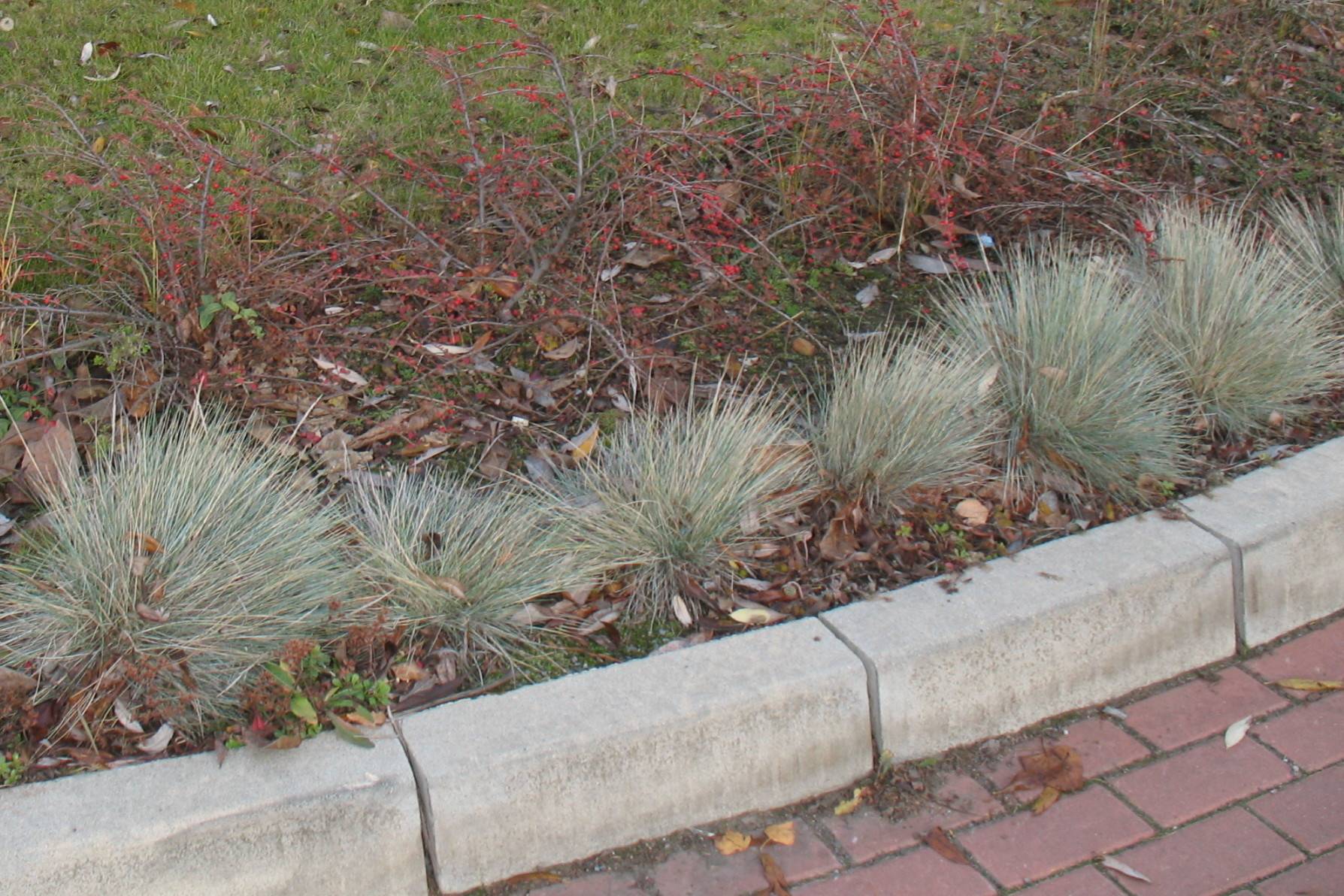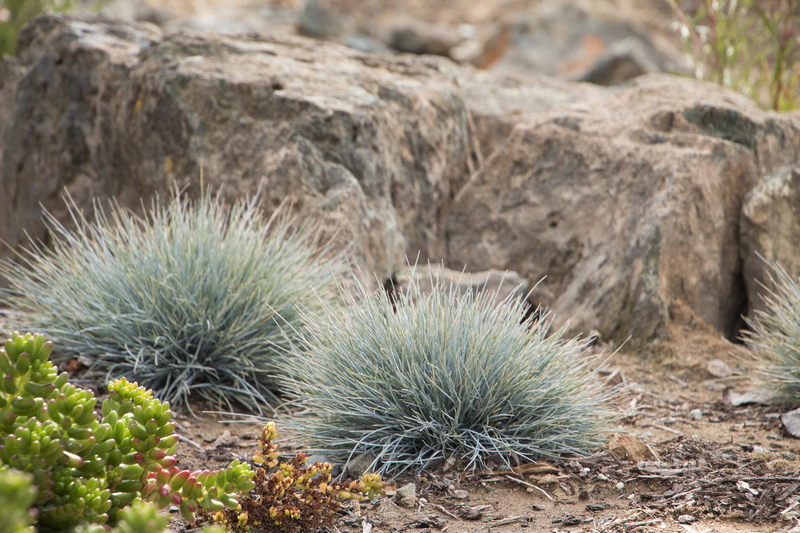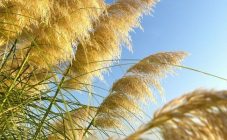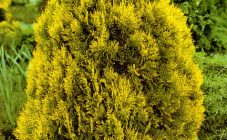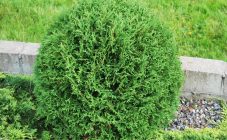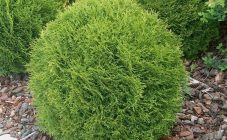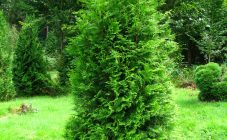Content:
Gray fescue is a perennial ornamental plant that has a rather exotic look: it resembles a small spherical bush. Its unusual color and unpretentiousness make fescue a favorite of experienced gardeners and landscape designers, because the grass looks great in any garden.
Characteristics of gray fescue
Fescue belongs to cereals. The main habitats are in temperate subtropical zones. But as an ornamental plant is widespread throughout the globe, our country is no exception.
It is used in landscape design, especially the gray fescue variety. This view is loved not only by professionals, but also by amateurs, because with its help you can create a magnificent oasis. The fescue got its name due to the color of its leaves, there are two types: blue fescue and ash fescue. Its color changes depending on the weather, but its decorative properties remain at the same level.
The height of the bush varies from 20 to 60 cm. The leaves are narrow, twisted. This type allows the leaves to reduce fluid consumption. The evergreen plant looks like round bushes with a dense crown. The root system is plentiful, but short.
You can grow a plant in one place for several years in a row. Fescue is an ideal plant for protecting the soil from weeds and drying out. Performing useful actions, fescue perfectly decorates the garden, because its beautiful decorative appearance remains throughout the summer cottage season.
Gray fescue varieties
All plant varieties are not very different from each other and often have the same name. But the color of plants can be varied, ranging from silvery to blue with a strong metallic tint.
- The color of the Mirblo leaves is similar to the color of the aqua;
- Domling has a compact size, the height of the bushes does not exceed 15 cm;
- Fescue Lapis Lazuli has a distinctive feature - blue leaves with a bright metallic shade;
- Fescue Blue Tussock is a prominent representative of this herb, its height is about 50 cm and a pleasant bluish shade;
- Fescue Ice titmouse is intended for cultivation in northern countries.
Gray fescue: planting and care
The first thing to start with in planting is to properly prepare the bed, it needs to be dug quite deep (on the bayonet of a shovel). If the soil is weakened, a mixture of natural fertilizers is introduced during digging:
- humus;
- ash;
- sand.
There are two ways to grow crops: direct planting directly into the open ground and planting seedlings.
Gray fescue planting and care in the open field
Planting seed on an open ridge is done by the nesting method. This method will help to form the correct form of culture without much difficulty. Plants are usually planted in April or May. But there are flower growers who practice autumn planting.
As soon as the threat of frost has passed, it is necessary to make a small hole in the dug-up garden bed, and spread several seeds in it. Top up with soil and water abundantly. Wait no more than eight days for the first shoots. After the seeds have sprouted, they begin to grow very quickly.
Glacial titmouse fescue cultivation from seeds. Seedling method
The most optimal time for planting seedlings is the week after March 8th. Light soil is poured into the boxes used for cultivation. A mixture of turf soil and river sand in a 3: 1 ratio is perfect for this.
The soil in the seedling boxes is sprayed with water using a spray bottle, then the seeds are placed and covered with a small amount of soil. Planting is sprayed again. After - cover with foil or glass and put in a well-lit place, it is better if it is a window sill located on the south side of the house.
After the first sprouts appear, the film must be removed and the boxes rearranged to a cooler, but no less bright place.
After the appearance of the second leaf, the seedlings are planted in separate containers for 3-4 pieces. The same number of seedlings should be transplanted into prepared holes. Landing is carried out in the last decade of the last spring month.
Care
Taking care of this perennial plant is not difficult at all. After all, the plant tolerates drought quite well. Water it as it dries out in the absence of rain for a long time.
Fescue perfectly tolerates the constant loosening of the earth in the moons. Fertilizers should only be applied on soils that contain a small amount of minerals. Therefore, it is necessary to apply fertilizers strictly following the instructions. As a rule, there is no need to fertilize the crop.
After wintering, all old leaves are removed from the plant; this can be done manually or using a small rake. All peduncles are also removed. This will allow the culture to remain well-groomed and aesthetically pleasing.
Reproduction
Reproduction of culture is carried out using seeds or vegetative part. In order to collect seed material from a plant, it is necessary to leave several perfectly developed peduncles. After ripening, the panicles must be cut off, dried well and the seeds removed.
In order to propagate gray fescue, you need to dig up some good mother bushes and plant them in flower pots, it is best to do division work in mid-October. During the winter season, plants are best kept in a dry basement or in a glass-fronted greenhouse.
The bushes are separated only in mid-March. Seated in separate pots with potting soil. As soon as it becomes warm outside and the threat of frost has passed, the plants can be planted in prepared holes. You can propagate the plant in this way every 3-4 years.
Culture properties
The main purpose of the plant is decorative properties that are suitable for decorating any garden. It is very simple to grow fescue; this activity will not cause unnecessary problems even for the most inexperienced summer resident.
The plant belongs to unpretentious, perfectly tolerates attacks of diseases and pests, is resistant to sudden changes in weather conditions, so it is very easy to care for it.
The main disadvantages of fescue are poor resistance to frost, as well as shaded and swampy areas of personal plots. Fescue requires constant division, because it is much more difficult to care for a huge plant.
Diseases and pests
Fescue belongs to crops that tolerate diseases well. But still, with high humidity and an excess of organic fertilizers, it can get sick with anthracnose or powdery mildew. As soon as the first signs of these diseases appear on the bushes, they should be treated with Skor or its analogues.
Of the numerous army of garden pests, only a spider mite is dangerous for fescue, which can attack it during a very dry summer. To destroy it, you can use drugs that are sold in specialized retail outlets.
Application in landscape design
The main purpose of the plant is ground cover. Fescue is widespread in the regions of our country. It is used as a background, filling in various gaps in the flower beds. Blue fescue is used in carpet flower beds. Often the cereal is found planted in flower pots or baskets along with blooming summer flowers. Some designers use it when decorating rock gardens.
The plant is so versatile that it can be used equally well in different garden designs. After all, it goes well with various plants and other decorative elements.

